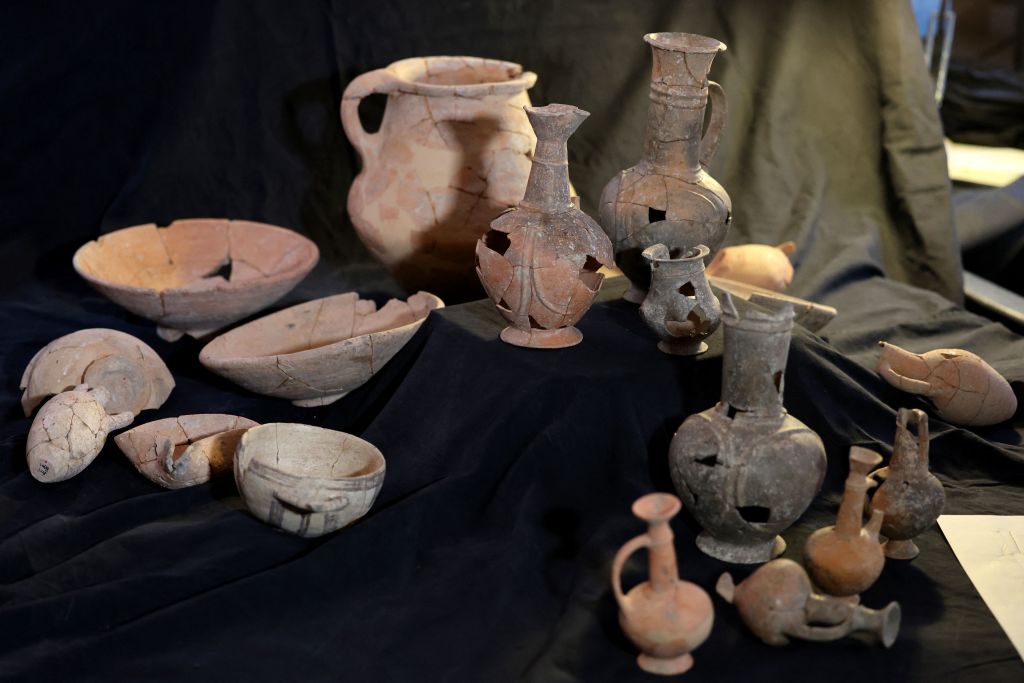Who was the first human who, in ancient times, decided that they would smoke, eat or ferment something and see what happened next? This is a question for a very narrow sliver of archaeology. Every once in a while, someone will make a discovery pointing to the earliest known instance of a drug being used — covering everything from mead to marijuana.
At a recent architectural dig in Israel, scientists came across something else in the same category — namely, some well-preserved pieces of pottery that indicated that they were used to smoke opium.
As an article at Smithsonian Magazine points out, these vessels are from more than 3,300 years ago, making them the earliest known evidence of humans imbibing opium. The archaeological dig that unearthed them took place a decade ago, at a site located near Tel Aviv.
A paper recently published in the journal Archaeometry offers more details and analysis of both the vessels and their contents. “This research revitalizes a decades-old discussion on the presence and function of the opium trade across a cultural region of utmost significance in the Ancient Near East,” the study’s authors wrote — and while that sounds like the premise of a prestige television series (elevator pitch: Narcos meets Spartacus), it’s also something that speaks to both trading routes and religious customs of the period.
Apparently the ways in which opium was used in ancient times is the subject of some debate among historians. All of that suggests, then, that this latest finding is likely to lead to more discussion — at least until the next breakthrough discovery is made.
Thanks for reading InsideHook. Sign up for our daily newsletter and be in the know.


















